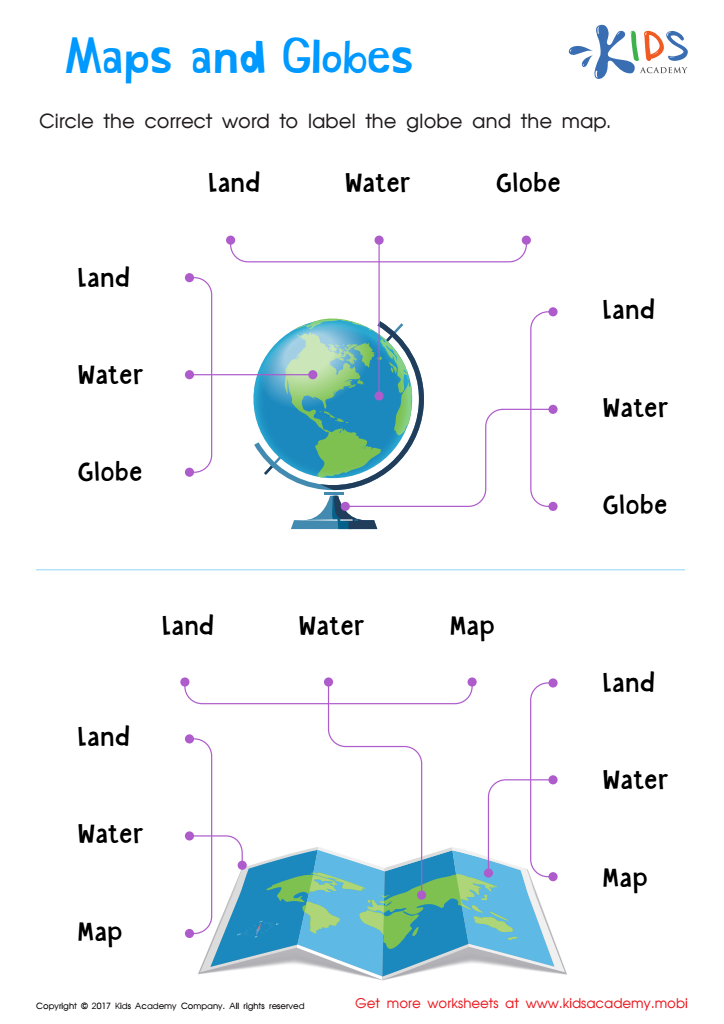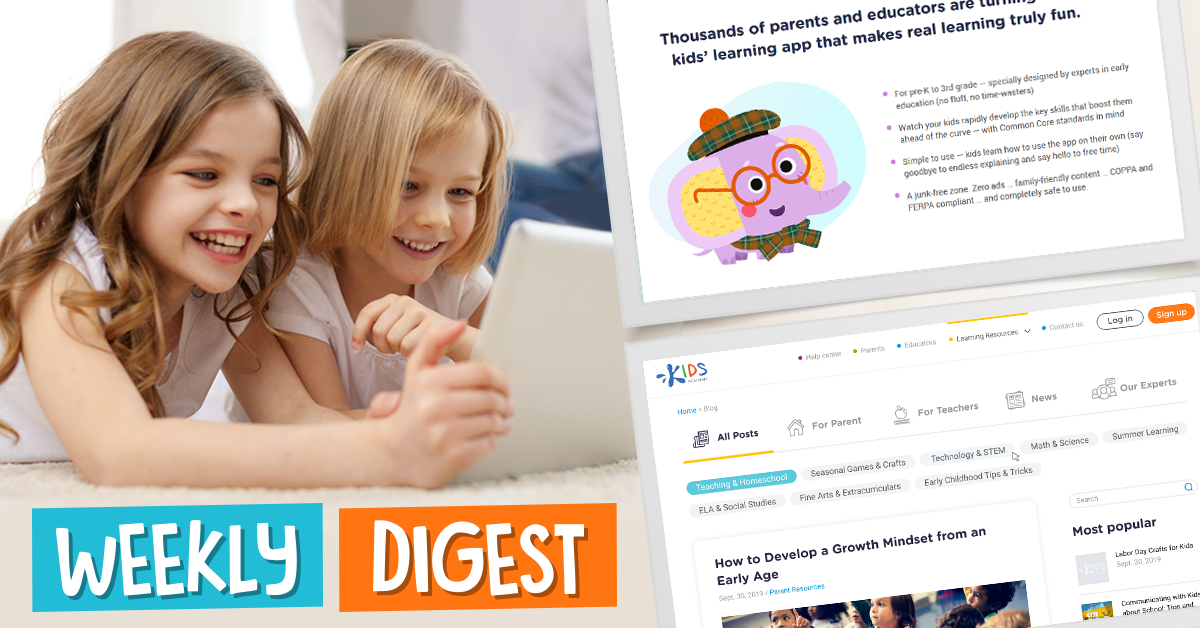Direction recognition Worksheets for Kids
1 filtered results
-
From - To
Question/Answer
How to test a Kindergarten student’s Direction recognition skills?
To test a Kindergarten student's direction recognition skills, use simple, age-appropriate activities such as asking them to identify or point to objects based on directions (left, right, up, down), follow verbal instructions to move in a certain direction, and use games that involve moving pieces or themselves according to directional cues. Observe their responses and ability to follow directions accurately.
Why is the Direction recognition skill important for Kindergarten students?
The direction recognition skill is crucial for Kindergarten students because it lays the foundation for reading, writing, and math. It helps children understand left from right, top from bottom, and forward from backward, which are essential concepts for letter formation, reading directionality, spatial understanding, and navigating their environment. This skill supports their overall cognitive development and academic success.
What does the Direction recognition skill mean when it comes to Kindergarten Geography learning?
The Direction recognition skill in Kindergarten Geography learning refers to the ability of young learners to understand and identify basic directions such as left, right, up, and down. This foundational skill helps children navigate their surroundings and is an early step in understanding more complex geographic concepts and spatial awareness.

 Assign to the classroom
Assign to the classroom










